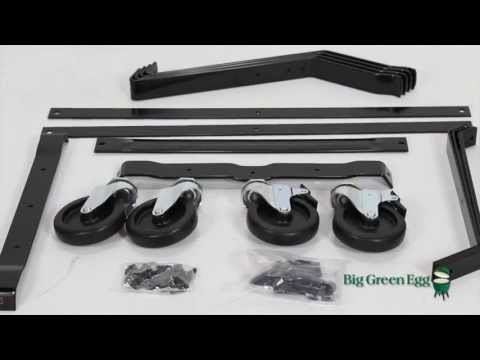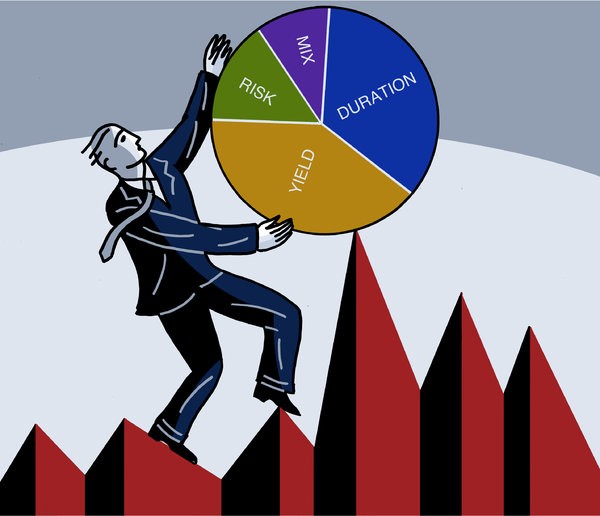To Protect Your Nest Egg Tread Carefully
Post on: 10 Июль, 2015 No Comment

Greg Clarke
But there are steps you can take to help get back on track, including some moves that can provide tax relief down the road.
With the latest downdraft in stock prices, the broad market indexes — such as the Dow Jones Industrial Average and the Standard & Poor’s 500-stock index, hit the official definition of a bear market, dropping more than 20% from their peaks last October, before rallying to regain some ground. But there have been few places to hide.
Double Whammy
The problem for retirees is that the double whammy of stock-market losses and withdrawals of money to meet living expenses can put a serious dent in a nest egg.
It’s generally not a good idea for investors to respond to short-term movements in the markets.
You can’t control investment returns — sometimes they’re good and sometimes they’re not so good, says Kurt Brouwer, chairman of Brouwer & Janachowski, a San Francisco based financial advisory firm.
The first step should be to carefully weigh whether changes really need to be made. It may be that all that’s required is a short-term pullback in spending and withdrawals, says Mr. Brouwer. That’s especially the case for younger retirees, many of whom can live another two decades and have time to recoup their losses, he says.
Retirees facing a big savings shortfall may be tempted to reach for a quick fix, and during a nasty market investments promising guaranteed returns may seem like a panacea. The problem is that most come with high fees and carry restrictions on withdrawals that may make them inappropriate for older investors. A common example is equity index annuities, which are complex insurance products that offer a minimum guaranteed interest rate combined with an interest rate linked to a stock index, such as the S&P 500.
High-Yield Temptations
Another temptation, especially among bond investments, is simply to put money in whatever product carries the highest payout. Don’t buy something just because it has a high yield, and don’t believe that there are investments that pay high returns with little or no risk. They don’t exist, says Scott Dauenhauer, a financial planner in Laguna Hills, Calif.
But if the market’s drop reveals a portfolio that has taken a bigger hit than can be absorbed over time, some retooling may be called for to protect against the next time the markets go south.
Chances are the source of the problem is having a portfolio that wasn’t truly diversified in the first place. A common cause of that error is performance chasing. For example, a portfolio may be overloaded in emerging markets or so-called value funds, which seek cheap stocks. Such investments have done well in recent years but are now among the worst performers in 2008.
A portfolio should be spread across a wide cross section of the stock and bond markets. For many investors the simplest way to get that diversification is through index funds that track broad benchmarks such as the Dow Jones Wilshire 5000 Total Market Index or a combination of the Standard & Poor’s 500 stock index, which tracks large company stocks, and the Russell 2000 Index of small companies.
Take Loss for Taxes

One move that can help limit the damage for retirees with taxable accounts is to sell and take losses that can be used to help lower tax bills for years to come. That could be done as part of a restructuring of a portfolio — or even temporarily getting out of an investment in order to register the loss (this has to be done for at least 30 days) and then moving back in. It’s a way to make lemons into lemonade, says Mark Willoughby, a financial planner at Greenbaum and Orecchio in Old Tappan, N.J.
The current economic turmoil also offers an opportunity to make a portfolio overall more tax efficient for the future. If possible, stock investments are better held in a taxable account and bonds in a tax-deferred account.
But when making any tax-related move, it’s crucial to consult an accountant or adviser familiar with the tax law to avoid running afoul of the regulations that void those benefits.
How Much in Cash?
Another variable to examine closely is the amount of cash held in a portfolio to meet day-to-day expenses. Some advisers recommend holding as little as possible in cash in order to stay fully invested and maximize long-term returns.
Others, most notably veteran adviser Harold Evensky, in Florida, recommend holding about two years’ worth of cash to avoid having to take money out during a downturn.
Mr. Willoughby’s firm recommends six to nine months of cash for retirees. But he says the decision on how much cash to hold needs to be made as part of an overall investment and spending plan.
Every dollar you take out of the market and put in the cash reserve lowers the overall rate of return, he says. This can be a real conundrum because the person on the cusp [of having enough money] is the one who needs to keep a healthy cash reserve but who also needs to take the risks to earn bigger returns.














